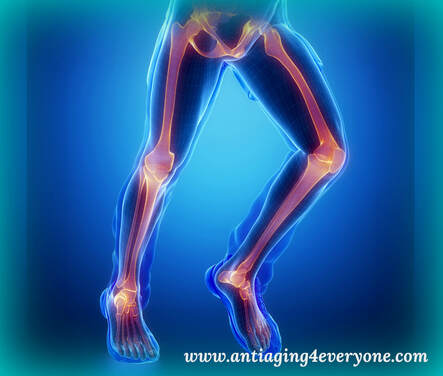Bone and Joint Health Supplements
|
Age related changes to bones and joints. Briefly on the anti-aging approaches to help musculoskeletal system
Well known nutrients and supplements that may help with bone and joint health: Three relatively new compounds for bones and joints References and Literature |
